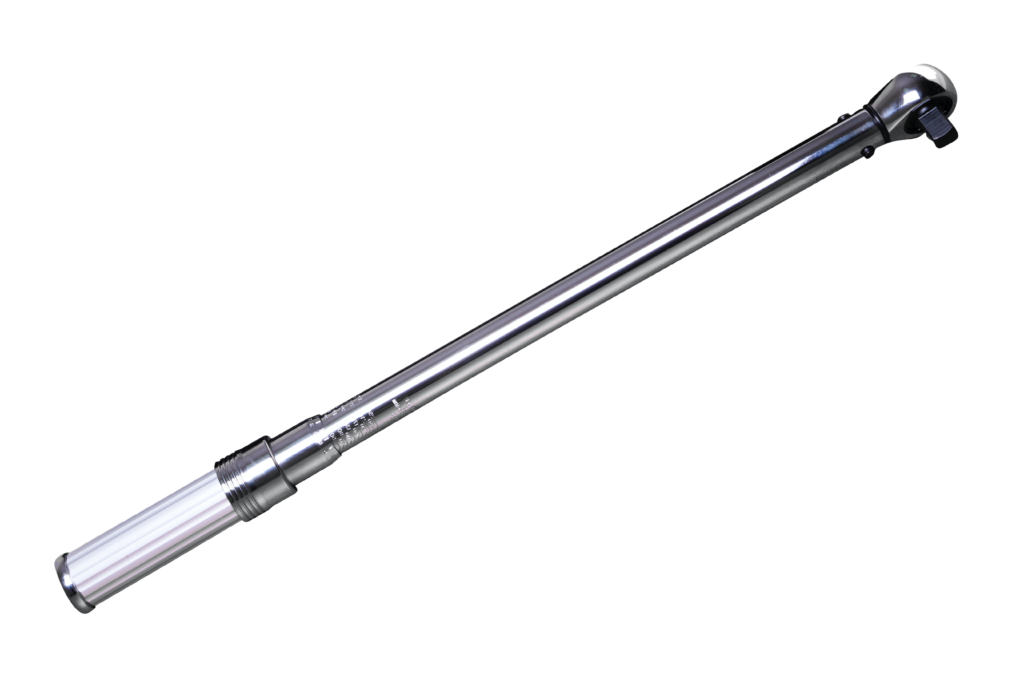Manual torque wrenches in qatar
Manual Torque Wrench
Manual torque wrenches are essential tools designed to apply a specific amount of torque to fasteners such as nuts and bolts, ensuring proper tension and load distribution in mechanical assemblies.
For super heavy applications with super heavy wall and/or hard alloy pipes, we manufacture the steel ring, which mounts on the rear of the aluminium ring. Also equipped with 4 steel location stabilizers to enhance the range and rigidity of the machine for those heavy duty applications. The dramatically increases the axial stability and rigidity when cutting and/or bevelling.
his solution can help to save time and expense for clamshells completely made out of steel!

Features
- Adjustable Torque Settings – Manual torque wrenches allow you to set the desired torque value. This is typically done using a calibrated scale on the wrench.
- Accuracy and Precision – High-quality torque wrenches provide accurate and precise torque application, which is critical for ensuring the safety and integrity of assembled parts.
- Clear Measurement Scale – The torque setting is usually displayed on a clear and easy-to-read scale, which can be either in Newton meters (Nm) or foot-pounds (ft-lb), depending on the model.
- Durable Construction– Made from high-quality materials like chrome-vanadium steel or other durable alloys to withstand repeated use and provide long service life.
- Ergonomic Handle– Designed for user comfort, often with a non-slip grip to reduce hand fatigue and improve control.
Step-by-Step Overview
- Setting the Torque Value:
- Adjust the torque setting on the wrench by turning the handle or adjusting a dial to the desired torque value. This value is usually displayed on a calibrated scale on the wrench.
- Preparing for Use:
- Attach the appropriate socket or adapter to the wrench’s drive end, ensuring it fits securely on the bolt or nut you intend to tighten.
- Applying Torque:
- Place the wrench on the bolt or nut and begin turning it in the correct direction (usually clockwise to tighten).
- Apply force steadily and evenly, avoiding sudden or jerky movements to maintain control and accuracy.
- Reaching the Set Torque:
- As you apply torque, the wrench measures the force being applied.
- Once the set torque value is achieved, the wrench provides an indication. This is typically an audible click, a tactile feedback (a noticeable “give” or “break” in the handle), or a visual indicator, depending on the wrench design.
- Completing the Task:
- Once you hear or feel the click, stop applying force immediately to avoid over-tightening.
- Remove the wrench from the bolt or nut.
- Resetting and Storing:
- After use, reset the torque wrench to its lowest setting to relieve tension on the internal spring, which helps maintain its accuracy over time.
- Store the wrench in a safe place, preferably in a protective case, to prevent damage and ensure longevity.
Manual Torque Wrenches are essential for applications where precise torque is crucial, such as automotive repairs, machinery maintenance, and assembly lines. Their ability to provide accurate and consistent torque helps prevent damage to components, ensures safety, and maintains the integrity of the assembly.
